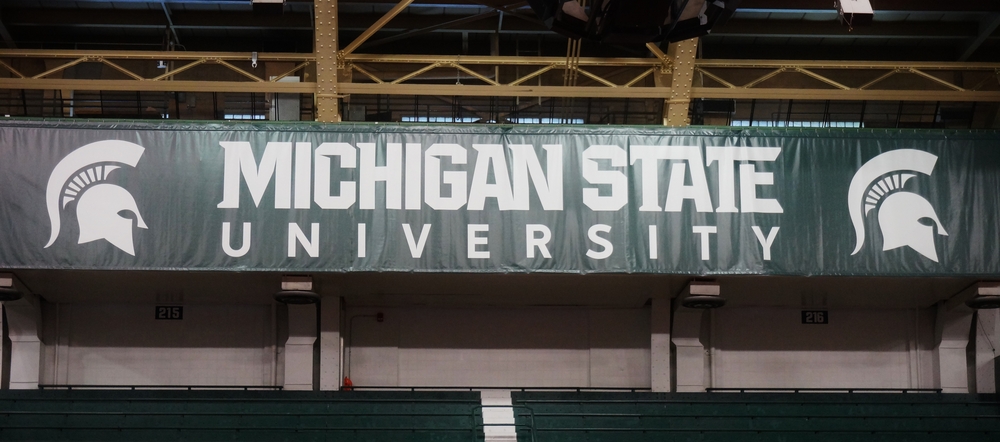A Lesson for Michigan State in Penn State’s Sex-Assault Scandal

It is typically a good idea in a crisis to examine how other organizations dealt with similar situations, whether looking at simply what they said or at their larger strategic approach. A recent article reexamined the 2011 sex-assault scandal at Pennsylvania State University to see what lessons it might have for Michigan State University and its Larry Nassar sex-assault scandal — specifically with regard to fundraising.
The recent Crain’s Detroit Business article invoked a 2014 story in The Chronicle of Philanthropy. In that earlier piece, writer Holly Hall depicts how devastating to the school community was the arrest of Penn State former assistant football coach Jerry Sandusky for sexually abusing boys. That was in November 2011. The school was more than two years from completing a drive to raise $2 billion.
Clearly, the ability to bring in donations was connected to Penn State’s overall reputation, which was in tatters due to the scandal. The university was widely criticized (as Michigan State and USA Gymnastics are now) for its inadequate, ostrich-like original response to the crisis.
(Yesterday, the Los Angeles Times reported that donations are down at the University of Southern California amid scandals at its medical school, though the university rejected the crisis was the cause.)
Most fascinating in the Chronicle of Philanthropy story (as noted by Crain’s) was the explanation of how the Penn State fundraising team, led by Senior Vice President for Development Rodney Kirsch, dealt with the situation. Kirsch mined the emails and phone messages that had been pouring into the school from alumni, donors, and others, to decide how to proceed.
Hall writes:
Mr. Kirsch did an analysis of 4,000 emails, assessing whether the content was supportive or negative and whether and how much each individual had given to Penn State before. He noticed a pattern.
Donors who had given $5,000 or more were much more likely to be supportive of Penn State through the crisis (79 percent of those people who donated $25,000 or more) than those who had given less. People who had never contributed to the university were the most negative, with 66 percent making disparaging comments.
That led Kirsch and his team to decide to meet with donors, or at least communicate with them, especially focusing on those who maintained a loyalty toward the school.
In the end, the sex-assault crisis did not have much effect on fundraising. Only nine pledges were withdrawn because of the scandal. In April 2014, Penn State announced it had raised $2.1 billion — more than its goal and before the deadline. It’s an interesting example of using technology (and data mining) to learn what an audience is thinking and how to respond.
Photo Credit: EQRoy/Shutterstock
This is an abridged version of an article that appeared today on the CrisisResponsePro paid subscription portal. (CrisisResponsePro subscribers can access the full version by clicking here. ID and password are required.) To take advantage of all of the content, data, and collaborative resources CrisisResponsePro has to offer, contact us at info@crisisresponsepro.com.




 Back to Blog
Back to Blog